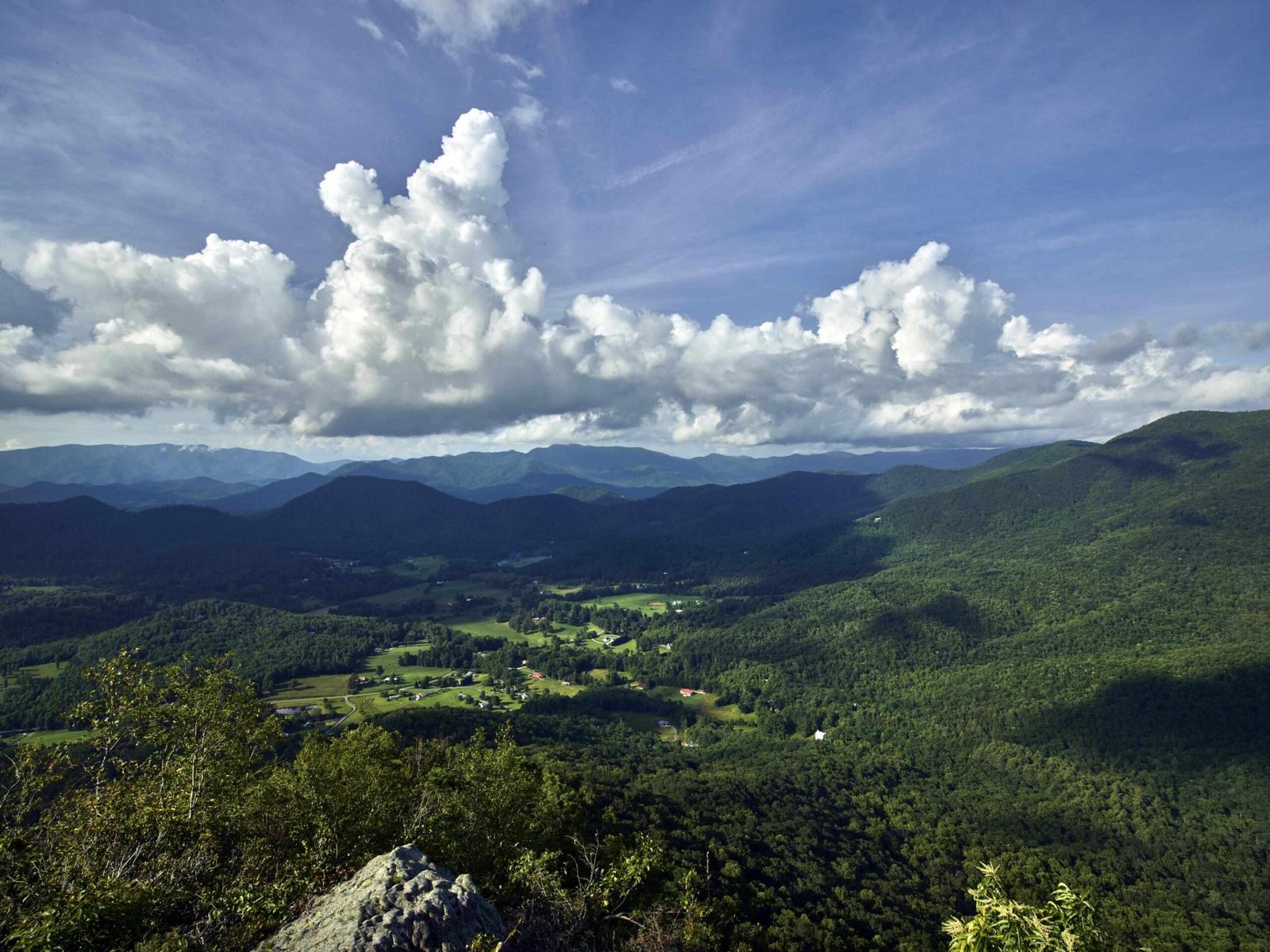The Appalachian Trail transforms dramatically after Labor Day, offering hikers a unique autumn experience with cooler temperatures, stunning foliage, and challenging yet rewarding trail conditions. Spanning over 2,190 miles through 14 states, the trail presents hikers with a remarkable seasonal transition that demands careful preparation and adaptable strategies for successful exploration.
What Happens to Trail Conditions After Labor Day?

Temperature and Climate Shifts
After Labor Day, the Appalachian Trail experiences significant environmental transformations:
| Elevation Range | Daytime Temperature | Nighttime Temperature | Precipitation Likelihood |
|---|---|---|---|
| Low Elevation | 60-75°F | 45-55°F | Moderate |
| High Elevation | 50-65°F | 30-45°F | High |
Key Climate Characteristics
- Humidity Reduction: Drops from summer’s high levels
- Wind Patterns: Increase in frequency and intensity
- Precipitation: Transition from summer thunderstorms to potential early snowfall
How Do Trail Surfaces Change?
The Appalachian Trail’s surface undergoes notable modifications:
- Leaf Coverage
- Increasing leaf accumulation
- Potential slippery conditions
-
Reduced trail visibility
-
Ground Composition
- Drier soil compared to summer months
- More compact trail surfaces
- Increased presence of fallen branches and acorns
What Wildlife Behaviors Emerge?
Wildlife activity becomes more pronounced during this transitional period:
- Animal Preparation: Many species begin preparing for winter
- Migration Patterns: Bird migrations become more visible
- Foraging Intensity: Increased animal movement near trails
Critical Preparation Strategies

Essential Gear Recommendations
Hikers must adapt their equipment for post-Labor Day conditions:
- Layered Clothing
- Moisture-wicking base layers
- Insulating mid-layers
-
Waterproof outer shells
-
Navigation Tools
- Updated trail maps
- GPS devices with extra batteries
- Compass for potential low-visibility scenarios
Safety Considerations
| Safety Aspect | Recommended Preparation |
|---|---|
| Temperature Fluctuations | Carry emergency thermal blanket |
| Potential Snow | Microspikes and waterproof footwear |
| Reduced Daylight | Headlamp with extra batteries |
Regional Trail Variations
Northern vs Southern Trail Segments
Northern Sections (Maine, New Hampshire)
– Earlier snow potential
– More dramatic temperature drops
– Limited accessibility by mid-October
Southern Sections (Georgia, North Carolina)
– More stable hiking conditions
– Extended comfortable hiking window
– Less severe weather transitions
Recommended Hiking Windows
Optimal Post-Labor Day Hiking Periods
- Early September: Peak comfortable conditions
- Mid-September: Beautiful foliage emergence
- Late September/Early October: Challenging but scenic
Permit and Reservation Insights
Important Considerations
- Check individual park regulations
- Verify campground availability
- Understand hunting season restrictions
Final Trail Recommendations
Successful post-Labor Day Appalachian Trail experiences require:
– Flexible planning
– Comprehensive gear preparation
– Continuous weather monitoring
– Physical and mental adaptability
Pro Tip: Always check current trail conditions with local ranger stations and the Appalachian Trail Conservancy before embarking on your journey.

